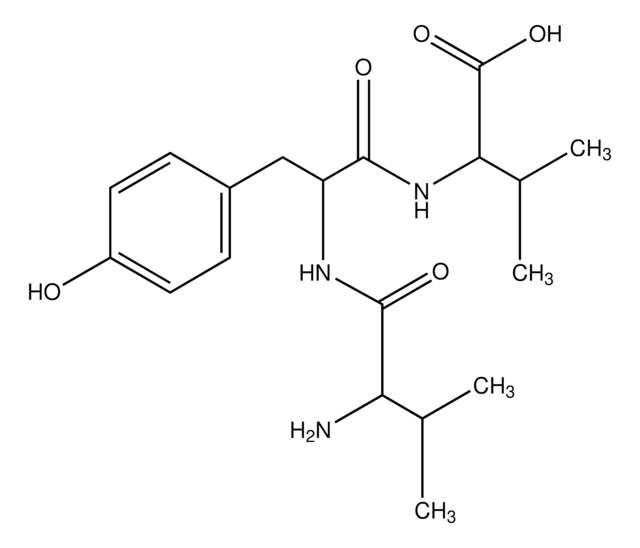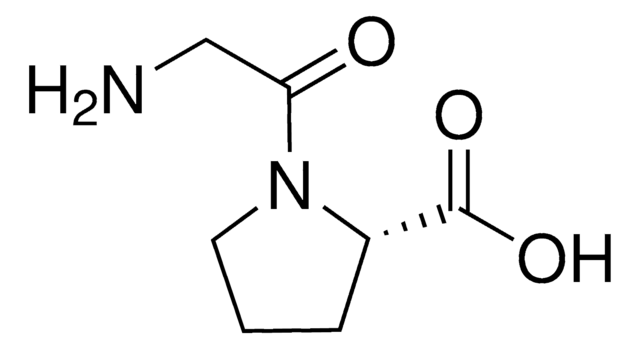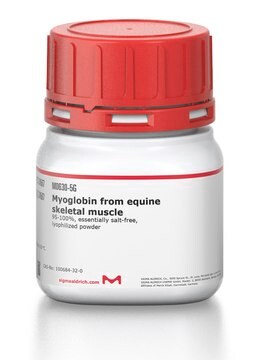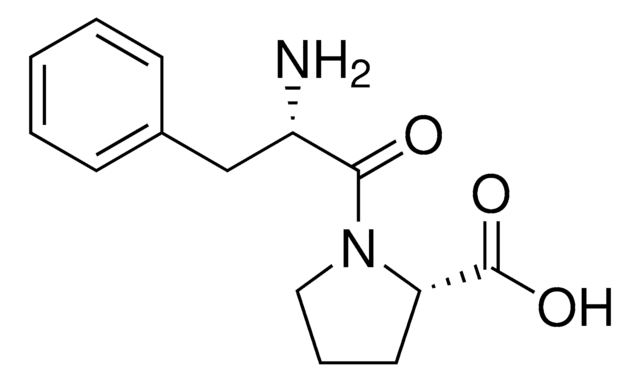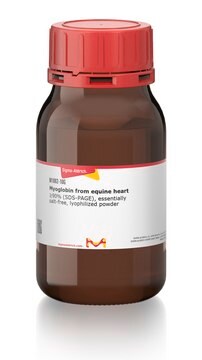V5626
Val-Tyr
>98% (TLC), suitable for ligand binding assays
Sign Into View Organizational & Contract Pricing
All Photos(1)
About This Item
Empirical Formula (Hill Notation):
C14H20N2O4
CAS Number:
Molecular Weight:
280.32
MDL number:
UNSPSC Code:
12352200
PubChem Substance ID:
NACRES:
NA.26
Recommended Products
Product Name
Val-Tyr,
assay
>98% (TLC)
form
powder
technique(s)
ligand binding assay: suitable
color
white to off-white
storage temp.
−20°C
SMILES string
OC([C@@H](NC([C@@H](N)C(C)C)=O)CC1=CC=C(O)C=C1)=O
InChI
1S/C14H20N2O4/c1-8(2)12(15)13(18)16-11(14(19)20)7-9-3-5-10(17)6-4-9/h3-6,8,11-12,17H,7,15H2,1-2H3,(H,16,18)(H,19,20)
InChI key
VEYJKJORLPYVLO-UHFFFAOYSA-N
Storage Class
13 - Non Combustible Solids
wgk_germany
WGK 3
flash_point_f
Not applicable
flash_point_c
Not applicable
ppe
Eyeshields, Gloves, type N95 (US)
Choose from one of the most recent versions:
Already Own This Product?
Find documentation for the products that you have recently purchased in the Document Library.
Jocksan I Morales-Camacho et al.
Applied microbiology and biotechnology (2018-09-14)
The insertion of peptides is a biotechnology tool widely used to improve the nutraceutical properties of proteins. Because the effect of these insertions in protein stability and function is difficult to predict, it should be determined experimentally. In this study
Mitsuru Tanaka et al.
Bioscience, biotechnology, and biochemistry, 70(9), 2292-2295 (2006-09-09)
In this study, we found that antihypertensive di-peptide Val-Tyr (VY) showed a vascular relaxation effect in KCl-induced contraction of thoracic aorta rings from 18-week-old spontaneously hypertensive rats among di-peptides of VY, Ile-Tyr, and Tyr-Val irrespective of their angiotensin I-converting enzyme
Takao Ueno et al.
Analytical sciences : the international journal of the Japan Society for Analytical Chemistry, 21(8), 997-1000 (2005-08-27)
A double column-switching HPLC method with naphthalene-2,3-dialdehyde (NDA) was applied for determination of two plasma antihypertensive peptides, Val-Tyr (VY) and Ile-Val-Tyr (IVY). After a first separation on a Phe-ODS column, double heart-cuts of the retention time corresponding to NDA-VY and
Mitsuru Tanaka et al.
Scientific reports, 9(1), 5769-5769 (2019-04-10)
Apart from nutrients required for the brain, there has been no report that naturally occurring peptides can cross the blood-brain barrier (BBB). The aim of this study was to identify the BBB-transportable peptides using in situ mouse perfusion experiments. Based
Lieselot Vercruysse et al.
Peptides, 29(2), 261-267 (2008-01-29)
Antihypertensive peptides received much interest over the last decade. These peptides are known to be angiotensin converting enzyme (ACE) inhibitors in vitro, but the actual antihypertensive mechanisms in vivo are still unclear. In this research, we used rat aortic rings
Our team of scientists has experience in all areas of research including Life Science, Material Science, Chemical Synthesis, Chromatography, Analytical and many others.
Contact Technical Service